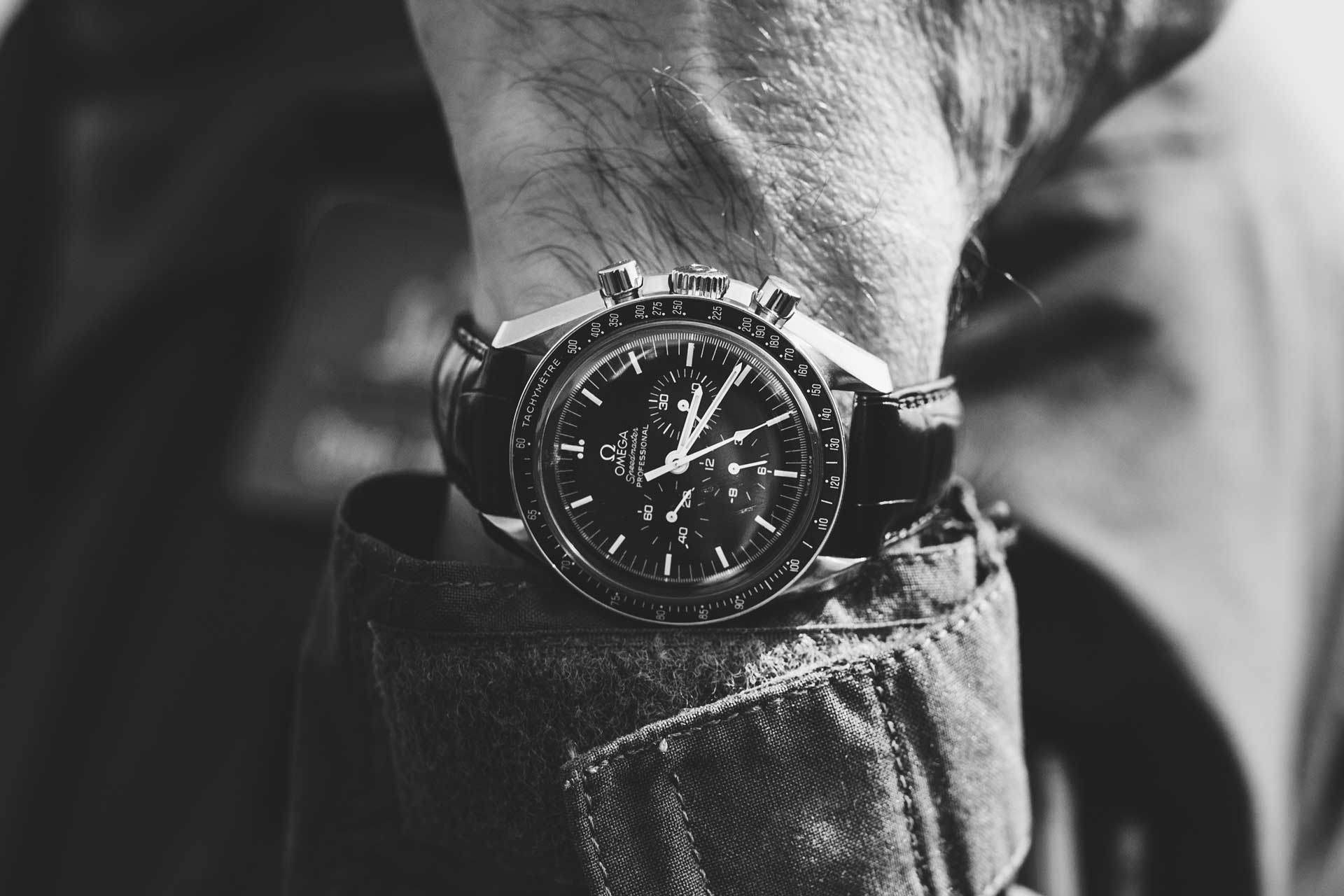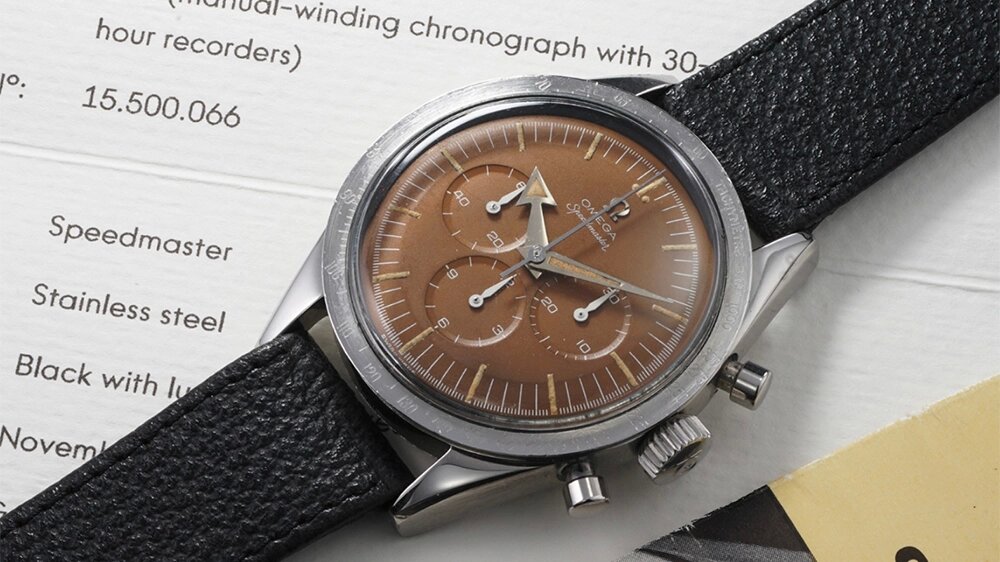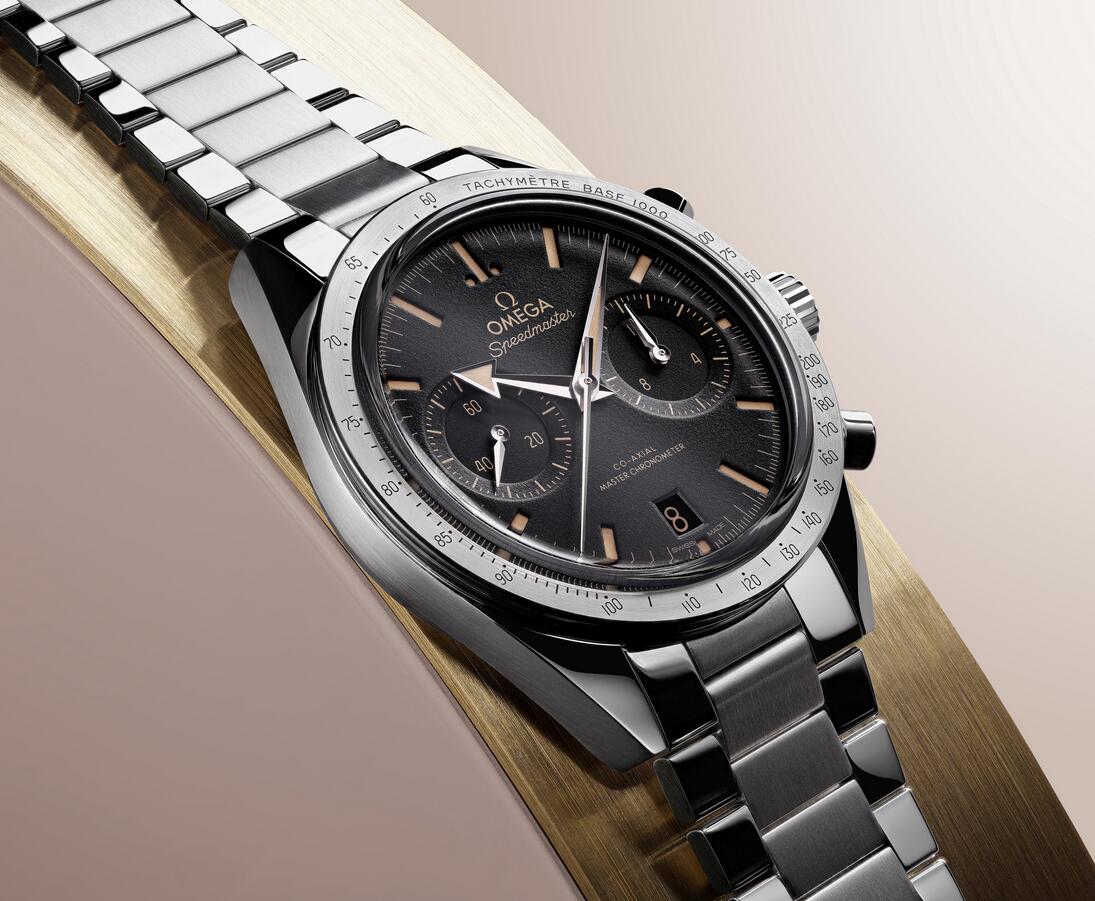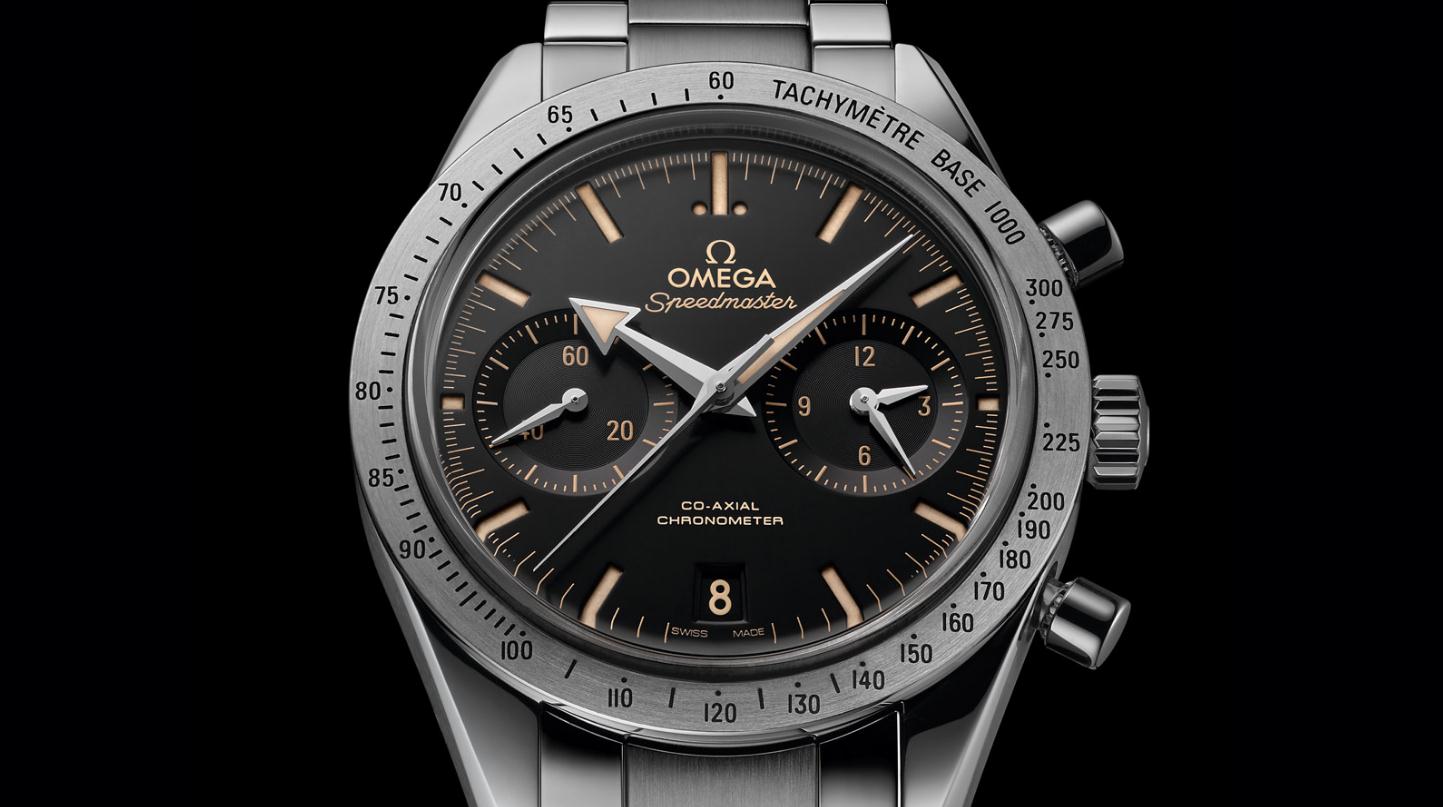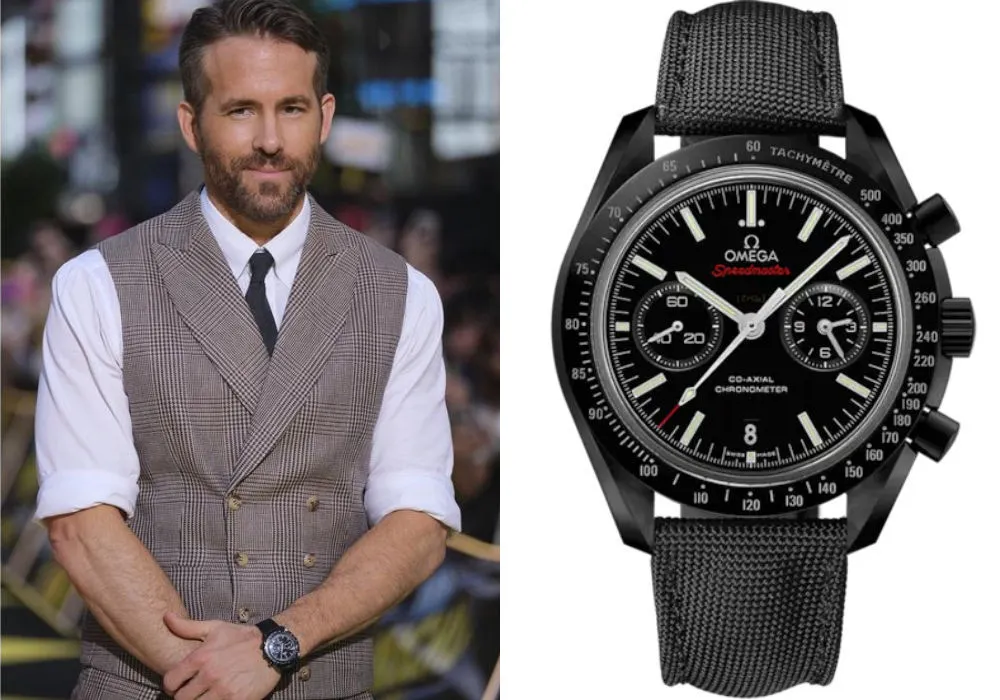With more than 50 vintage planes and fewer than 20 pilots – all sourced from the globe’s most accomplished military, commercial and private aviators – the Shuttleworth Collection is possibly the best precision flying club in the world.
Vintage aeroplanes are just one part of the Shuttleworth Collection, a unique trust still housed on the Bedfordshire estate of its late founder. Born in 1909 to a family of wealthy engineering industrialists, Richard Ormonde Shuttleworth grew up surrounded by all the latest boys’ toys, eventually becoming a motor racing enthusiast and champion. A participant in the inaugural London to Brighton Car Run, Shuttleworth won the Brighton Speed Trials twice, as well as the Donington Grand Prix and Brooklands Mountain Championship.
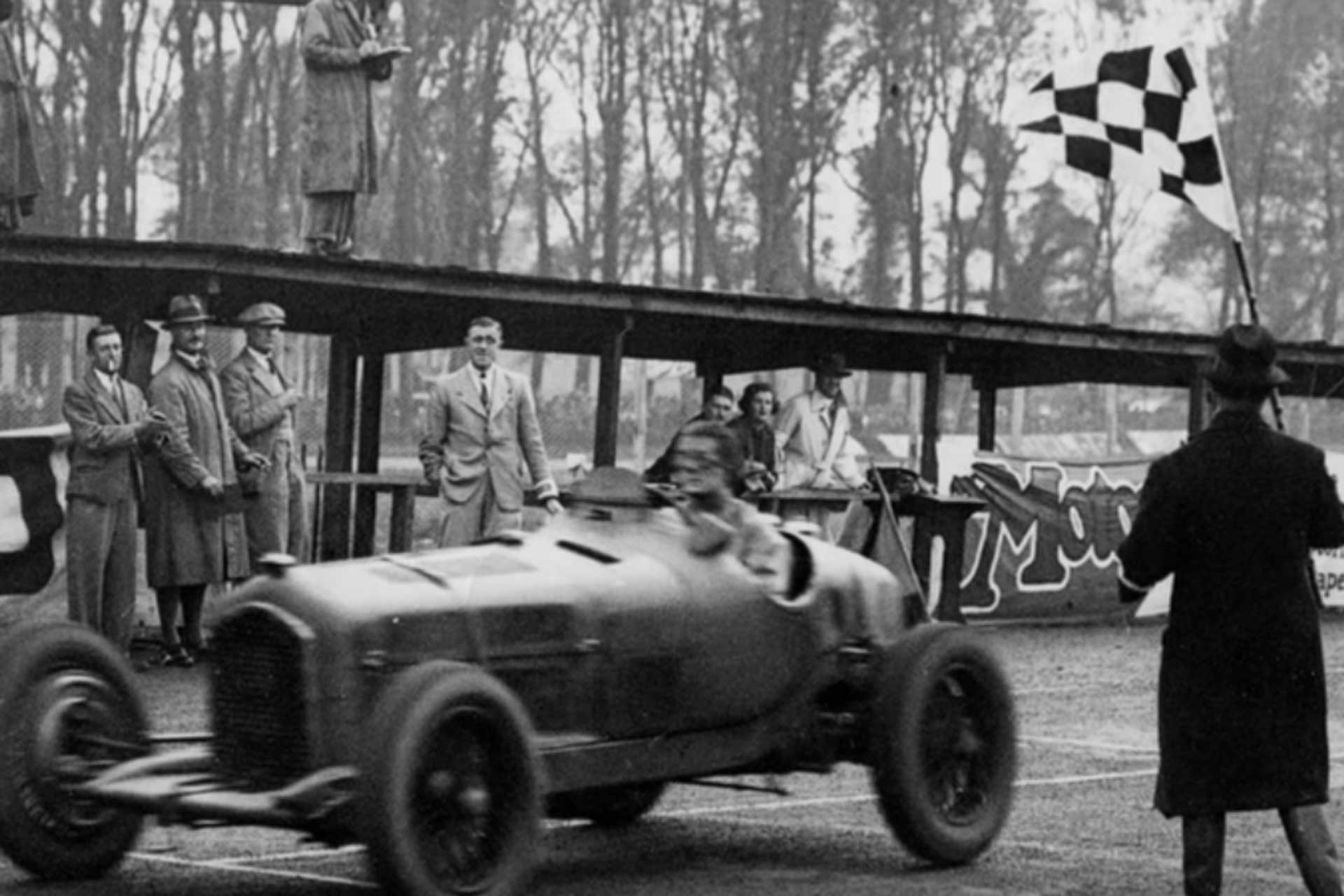
As well as accumulating cars and motorbikes (along with tractors and farm machinery) throughout his lifetime, Shuttleworth was amassing an impressive collection of flying machines. His first plane – a DH60X Cirrus Moth – was bought as a form of convenient transport between his home in Old Warden and his beloved Brooklands in Surrey. However, his racing career came to an end in 1936 following an accident at the South African Grand Prix, after which he focused increasing attention on his growing collection of planes.
Shuttleworth was killed on 2 August 1940 in a flying accident while serving with the Royal Air Force Volunteer Reserve. His mother placed the estate in a charitable trust with the intention of “teaching the science and practice of aviation and of afforestation and agriculture.” Under this directive, Richard Shuttleworth’s collection of aeroplanes and other vehicles opened to the public in 1963 at Old Warden Aerodrome near Biggleswade, Bedfordshire.
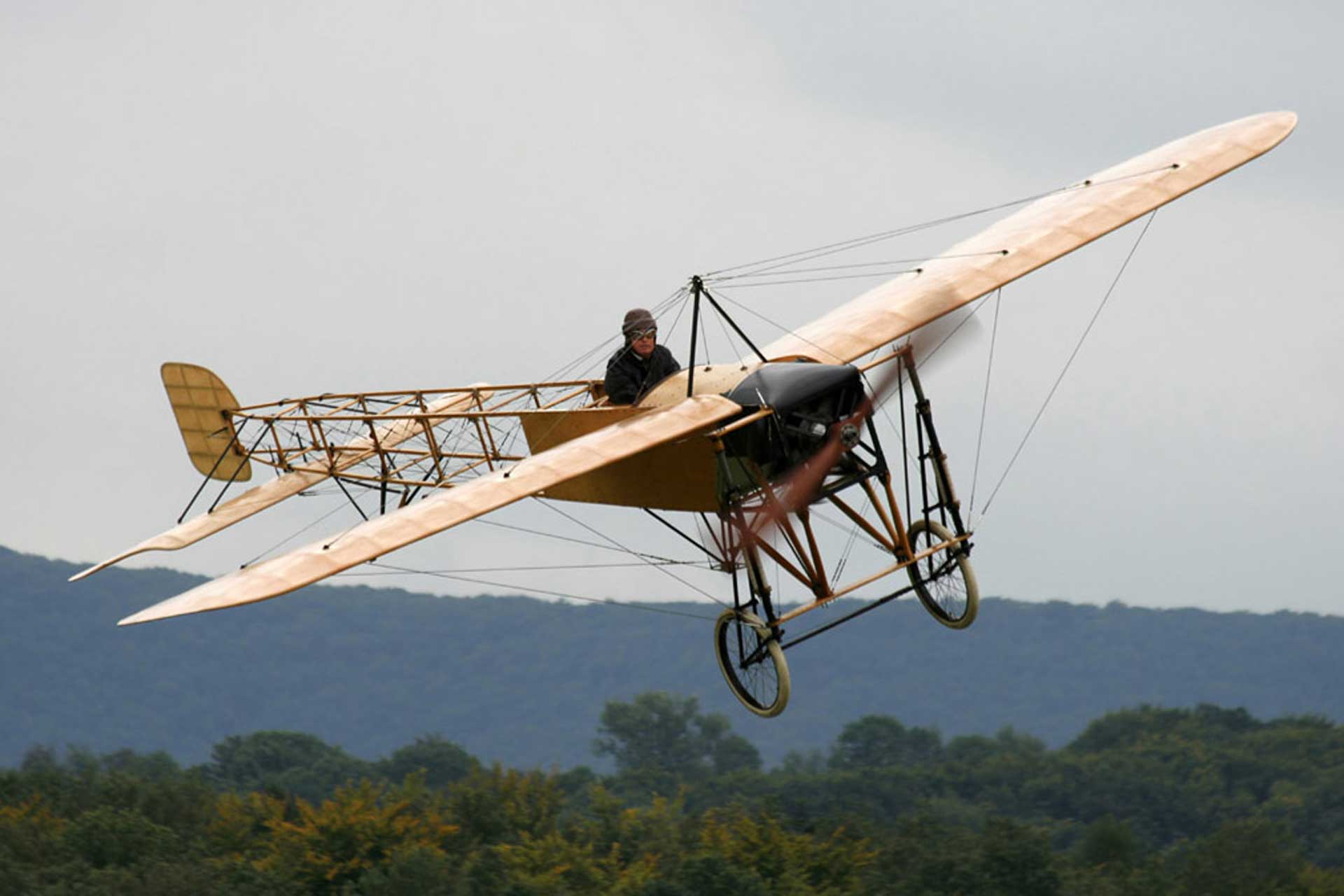
Telling the story of aviation from its beginning up until the Second World War (just a few specimens are post-1944), some of the most notable aircraft in the collection are the five Edwardian planes, one of which is the oldest airworthy flying machine in the world – the Blériot XI, from 1909. With many of the other planes in the Collection, there are just one or two flying examples in existence, such as the beautiful Gloster Gladiator – the last British combat bi-plane, of the type that defended Portsmouth during the Battle of Britain and famously protected Malta from the Luftwaffe (Faith, Hope and Charity).
Every Second Counts
The Shuttleworth Collection puts an emphasis on restoring as many aircraft as possible to flying condition. With an average of 12 air shows per year, visitors are given the rare opportunity to see these machines as they were intended – in the air.
As well as the team of pilots – made up of some of the most skilled airmen in the world – Shuttleworth relies on engineers, ground staff and an army of volunteers to keep things running to the standards required by the Collection display team. And, naturally with this type of flying, where take-off and landing slots are regulated to the second, precision timekeeping is paramount. Interestingly, however, there is no timing sponsor and the watches the pilots and ground crew wear are their own choice. The one common thread that every airman agrees on is that no pilot would fly without a wristwatch.
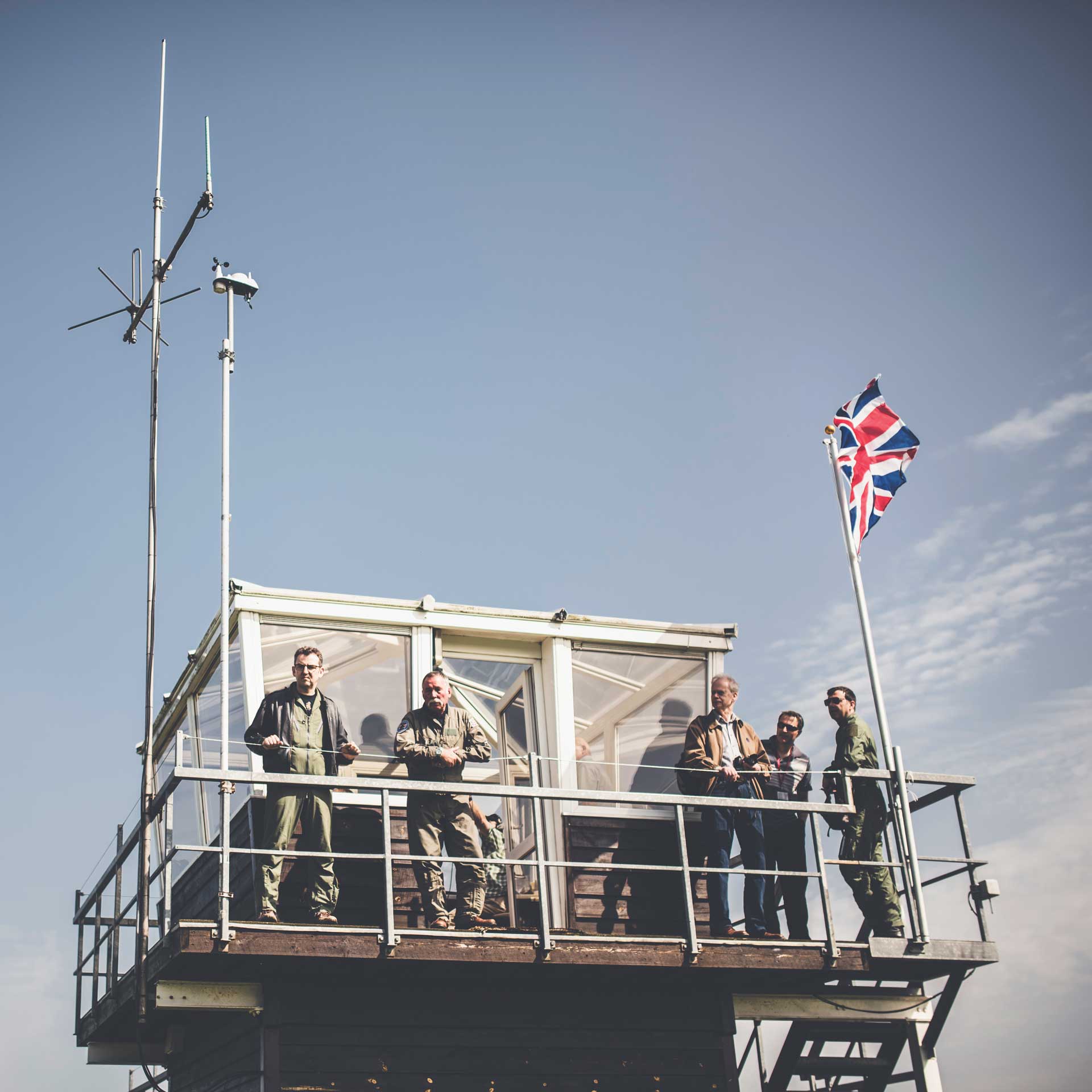
One multi-functional brand of choice among the Collection pilots is Casio, with the general consensus being that as these aircraft are old, and as the watches are prone to knocks and bumps, no one wants to wear their “Sunday best” for a day in the cockpit. Despite being the proud owner of a Bremont MBII and a luxury copy Omega Speedmaster Skywalker X-33, RAF Test Pilot Jim Schofield is more likely to fly the Shuttleworth Collection wearing his Garmin GPS watch or G-Shock. “The important things in display flying are legibility and precision – particularly the minutes and seconds as take offs and landings need to be exactly within allotted slots,” he explains.
Fellow G-Shock wearer and former RAF pilot Mark Sharp agrees and, while fond of his squadron Breitling (Sharp was a Tornado pilot), admits that the subdial at 5 o’clock prevents clear reading of seconds between 20 and 25. His only criticism of his trusty Casio is that it is a little too “loaded”, with many features that just aren’t necessary for display flying. “If I was to design my über flying watch,” he says, “it would be very simple. It would be analogue, clear, have a sweep seconds, date, chronograph and dual-time functions.”
British Airways pilot and vintage glider expert David Bramwell is another Casio wearer but, as would be expected for a long-haul pilot with a family at home, Bramwell wears a dual-time watch with analogue local time and digital home time. Bramwell’s “proper” watch is a TAG Heuer F1 that his wife bought for him, but he says he feels safer on his travels wearing a watch that is easily replaceable and has no emotional connection.
Quick Draw
Clare Tector, one of the few women to become a Collection pilot, first volunteered as ground crew at Shuttleworth before participating in displays in her own plane – a 1940s black and white Taylorcraft. Her talent quickly noticed, she was asked to become an apprentice display pilot. “Every time you fly it is an honour,” she says. “These are old planes and each has its foibles. You are also very aware that they are unique, with limited spares.”
Despite being right-handed, Tector wears her German Astroavia on her right wrist as it makes it easier to see when operating the planes controls. Introduced to the brand by fellow Collection pilot Rob Millinship, it was not only affordable at around €150 but also gives everything she needs. “One day I will have a luxury pilot’s watch but I will still fly display planes with something cheaper that can get bashed around. This piece has large, clear white numerals and minute markers on a black dial and most importantly it has a sweep seconds hand.”
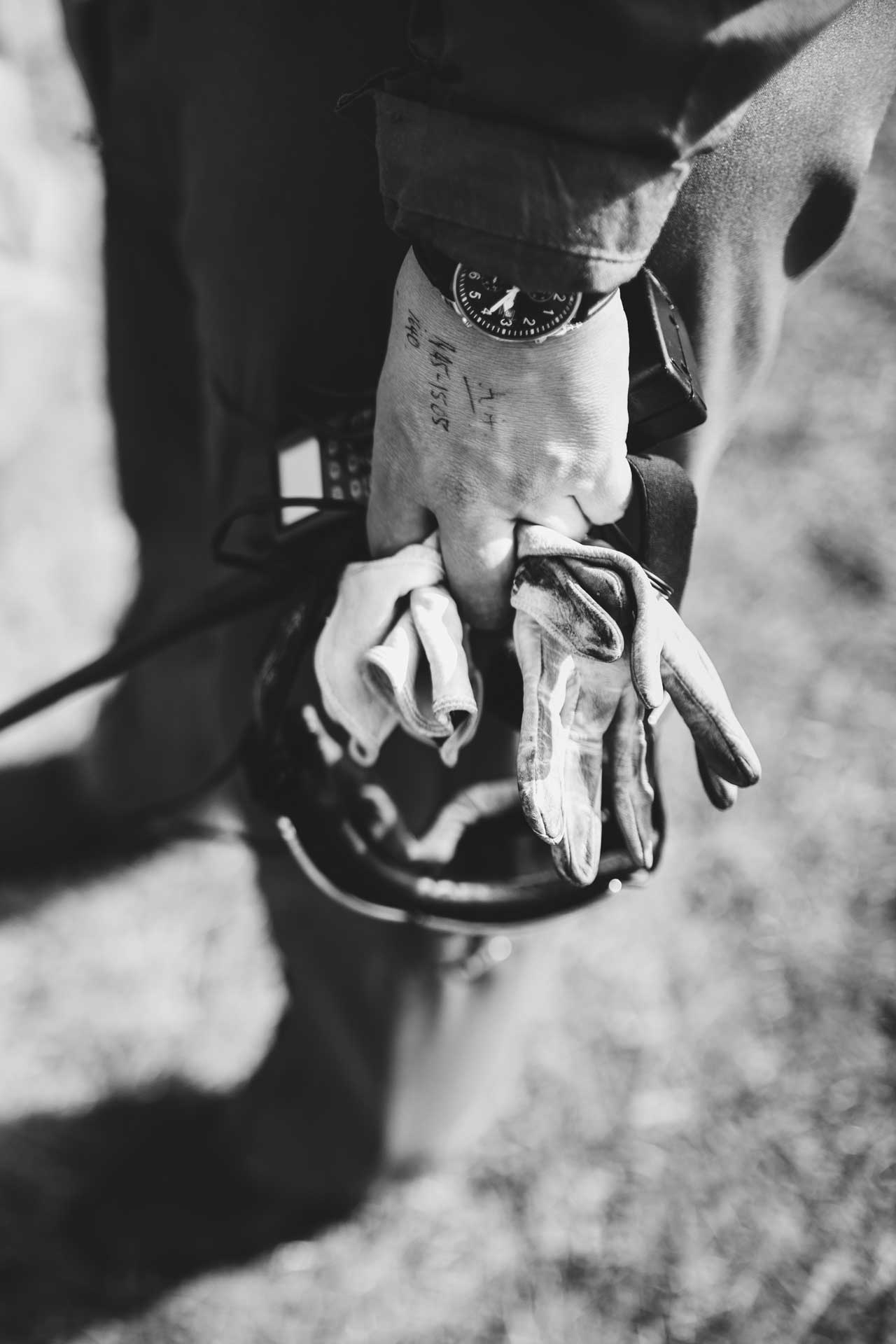
And Astroavia is not the only tip given to Tector by Millinship. Like him, and almost every other Collection pilot, Tector uses a chinagraph pencil or felt tip pen to draw on slot times for take-off and landing. According to Millinship – a man who made history when he became the first civilian-trained pilot invited to fly the Collection – there is no wristwatch currently on the market that provides everything that a display pilot needs. “Maybe there’s not enough of us to make it commercially viable,” he shrugs. “But I would love to sit down with a watch manufacturer and talk through the issues we have and the solutions that I think could be developed.”
Turning Japanese
Another brand that is a favourite among the Shuttleworth team is Seiko, thanks mainly to the company’s success in producing easy-to-read and precise timepieces. Volunteer engineer Jim Paterson, currently working on the restoration of a Collection Spitfire, has few requirements in a watch other than it must be self-winding. “To be honest it didn’t occur to me that a timepiece wouldn’t be,” he smiles. “I remember my old watch stopping and when I took it for repair I was told it needed a battery change. That one was quickly put to one side and I went straight back to automatics.”
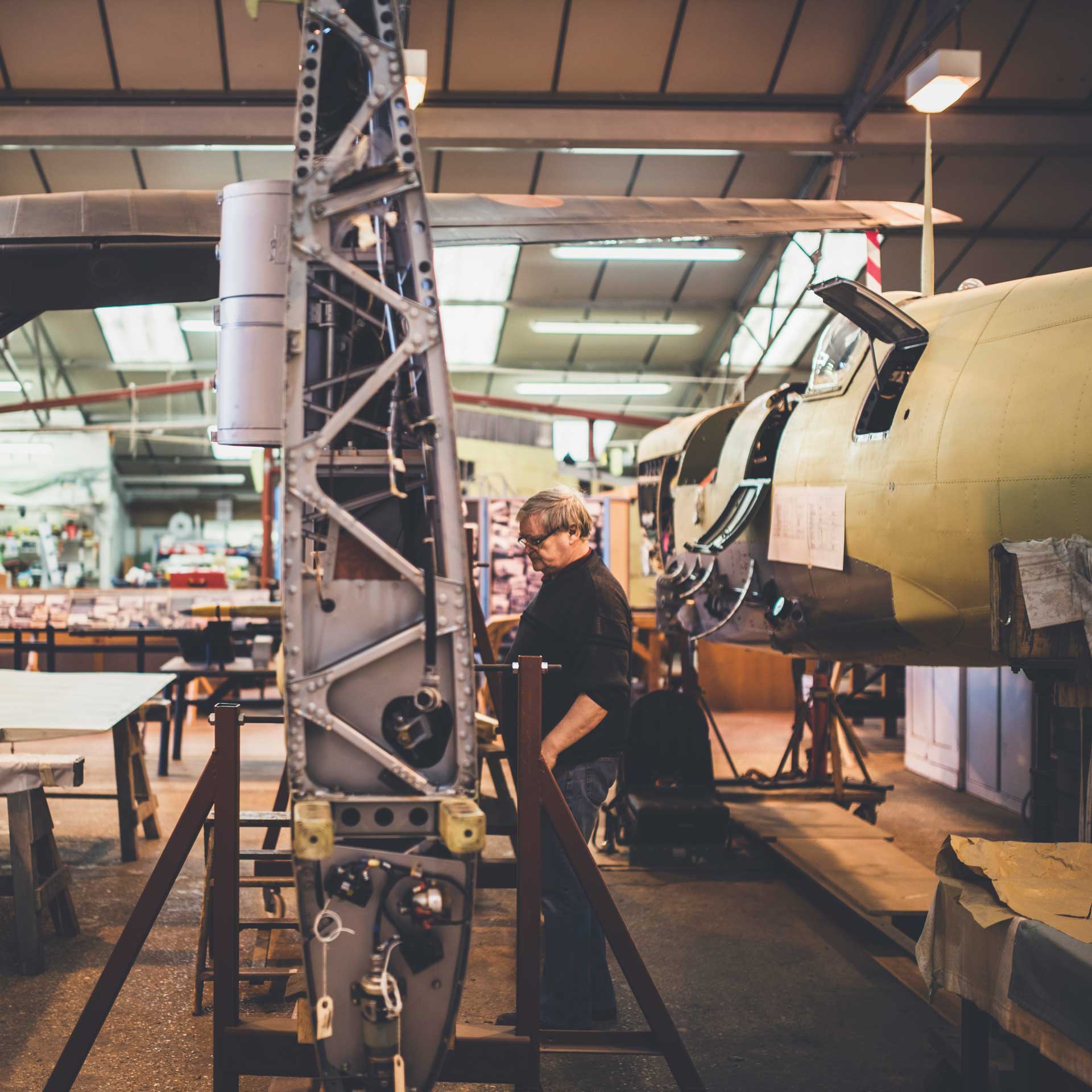
Among the airmen, former RAF test pilot Paul Shakespeare favours his Seiko Sportura for legibility but admits that the chronograph function is of little practical use in the air, and specialist glider pilot Graham Saw is currently wearing a simple, time-only, ultra-lightweight Seiko SQ100.
Bob Morcom, a Collection pilot since 1989, wears a titanium Breitling Navitimer in his daily life but for display flying he chooses a Lorus quartz timepiece – a brand made and marketed by Seiko. Morcom says that he has three requirements from his flying watch: “Legibility, a stopwatch and a second time zone – the latter not so important in display flying obviously. The chronograph function, however, is of major importance and many of the pilots have separate stopwatches. I wear mine on my thigh, fastened to the outside of my flying suit.”
Flying the Collection since 2003, Indian-born Rex Moorey fulfilled every childhood ambition when he was invited to fly at Shuttleworth. With a day job as founder and owner of Curious Contraptions, Moorey tasks himself with tracking down on request the most unusual objects known to man. Unsurprisingly, he has a personal watch and clock collection of over 100 pieces, but chooses to fly with a solar-powered Citizen Eco-Drive, which uses light from any natural or artificial source stored in a permanently rechargeable lithium-ion cell.
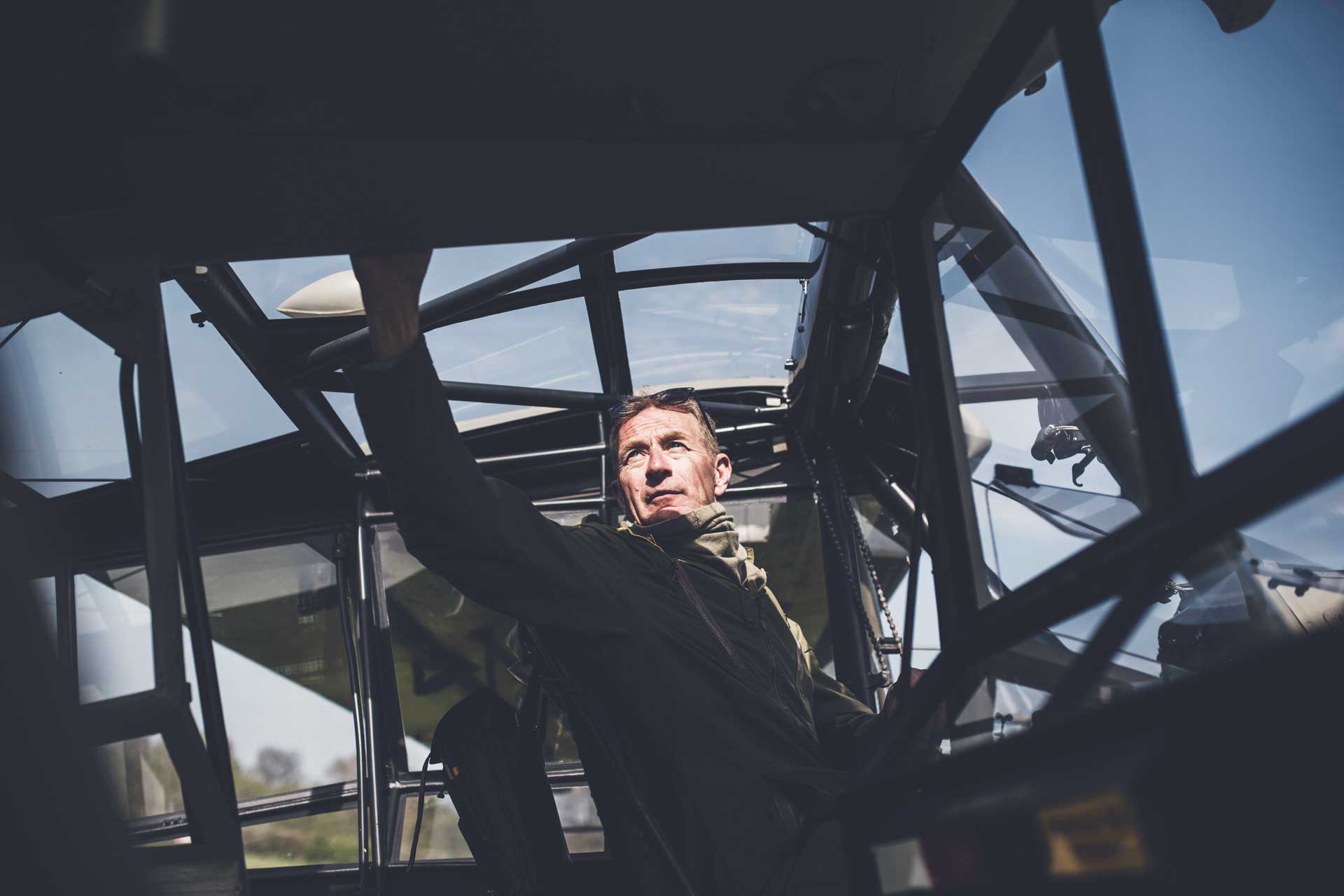
The Swiss Role
Although most of the aviators prefer to use analogue watches that require no mental calculations and don’t interfere with situational awareness in the cockpit, one particular guest pilot, Peter Teichman, owner of the Hangar 11 Collection planes disagrees. Although Teichman has a number of wristwatches including a Rolex, a Breitling and a Bremont (the English brothers, and their father before them, are incidentally regular visitors at Old Warden), for practical flying he prefers to wear his Tissot Touch. “During a weekend of flying, I need a number of functions,” he says. “An altimeter, a chronograph, a thermometer, a barometer and a compass – this watch gives me easy access to all of them. And, to top it off, it looks good too!”
The great-great-grandson of an Exeter-based watchmaker, commentator and former RAF Test and Collection pilot George Ellis, has worked his way through a number of watches in his career. From his military issue cheap fake Omega watches UK and Smiths to his civilian choice of a Victorinox Swiss Army watch, his demand from his timepiece has always remained the same: “At the end of the day, I just need to know the time!”
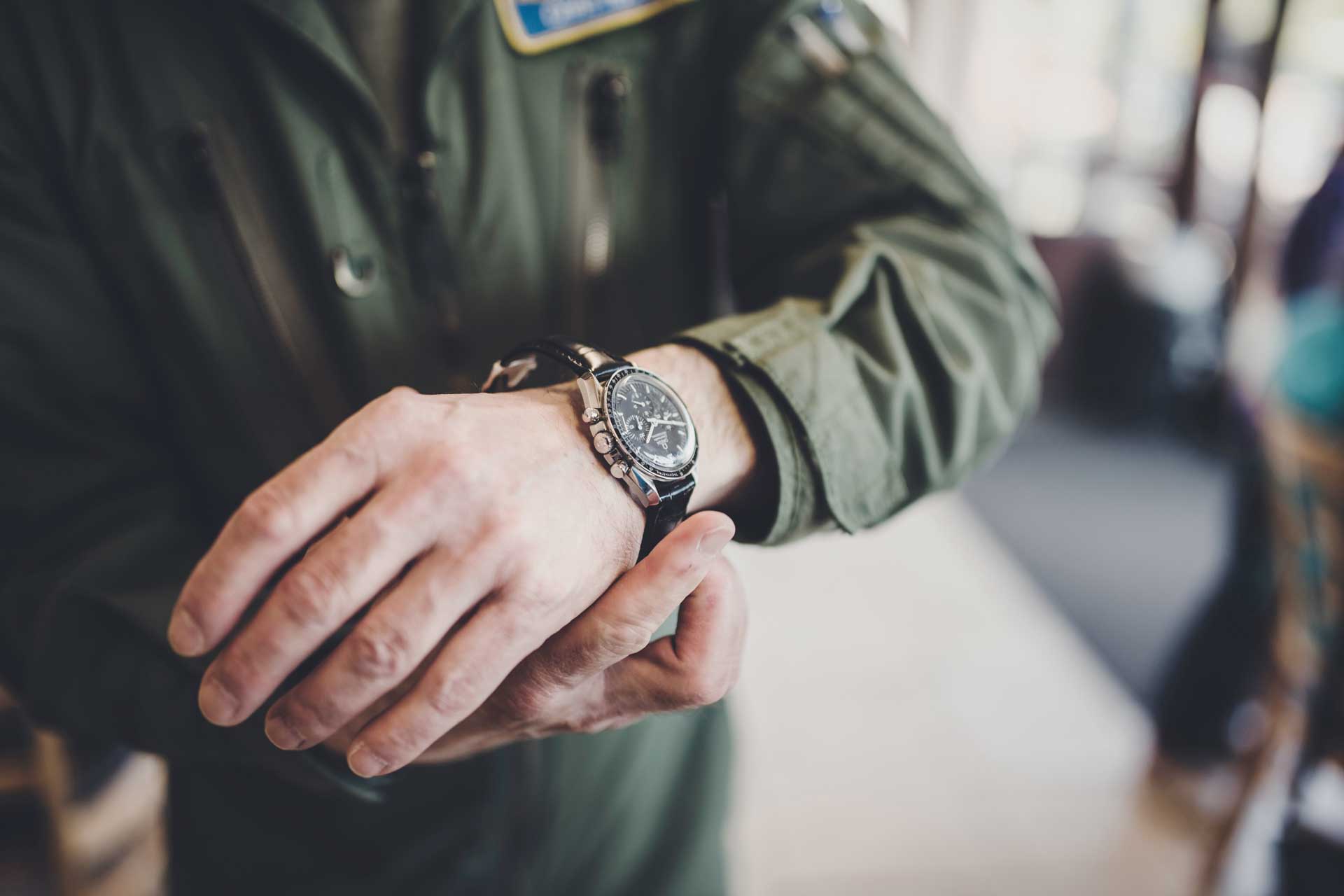
Among the pilots that favour the space credentials of the replica Omega Speedmaster are Chief Test Pilot at Marshall Aerospace and Defence Group, Chris Huckstep. His Old Warden colleague and Experimental Test Pilot for Airbus in Toulouse, Frank Chapman – like several of his fellow Collection pilots – prefers a Breitling, in his case an Aerospace special edition of 25 pieces made for Harrier pilots in 2006/2007. A Shuttleworth Collection pilot since 1997, Chapman’s two flying worlds sometimes collide and a video of him leading five A350 XWBs together in flight formation has now received more than three million hits on YouTube.
Modest, passionate, determined and fearless, Huckstep and Chapman are typical of the airmen at Shuttleworth. Straight out of the 1965 big screen version of Those Magnificent Men in their Flying Machines (quite literally in fact as several of the planes, including the Bristol Boxkite Phoenix Flyer, actually reside – and fly – at Shuttleworth), the Collection pilots have achieved the childhood dream of every pre-computer-age adult.
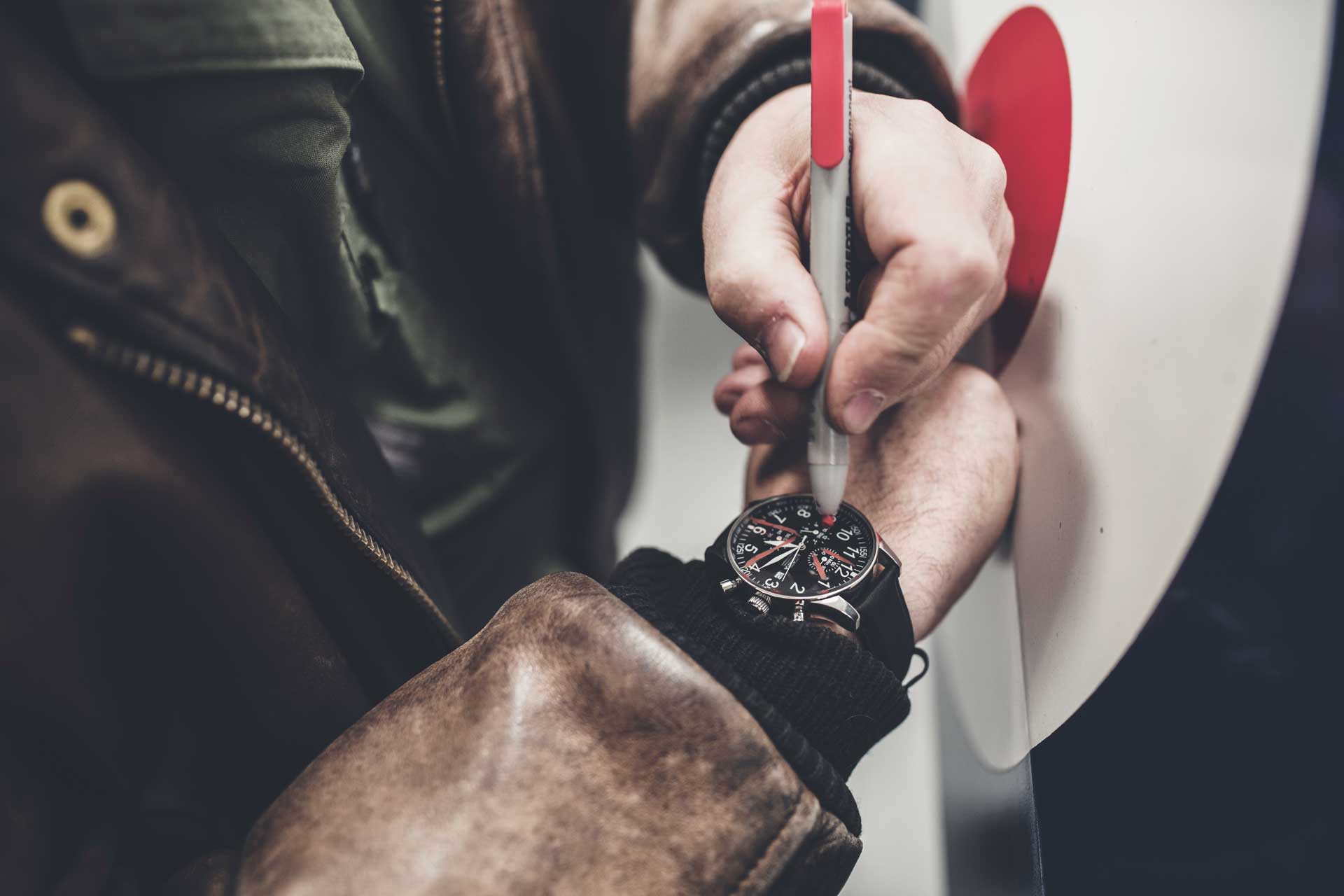
A hidden treasure of history, Shuttleworth demands to be visited – as much for its wristwatch-spotting potential as for its plane-spotting supremacy.
